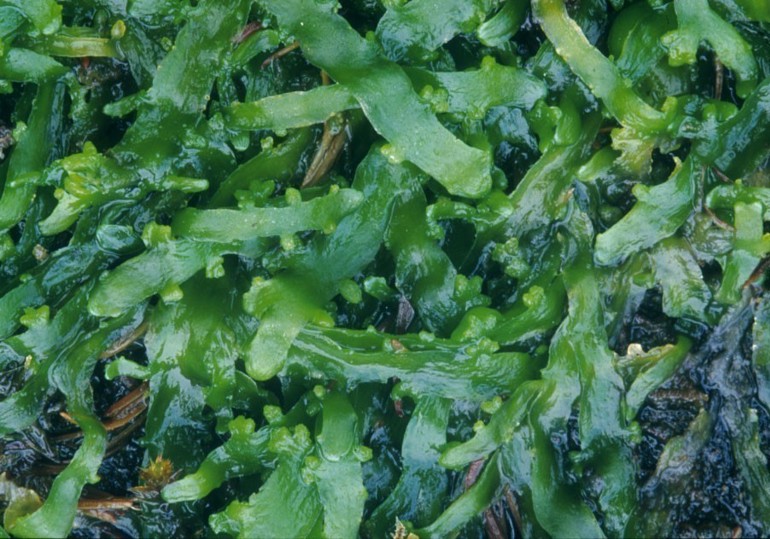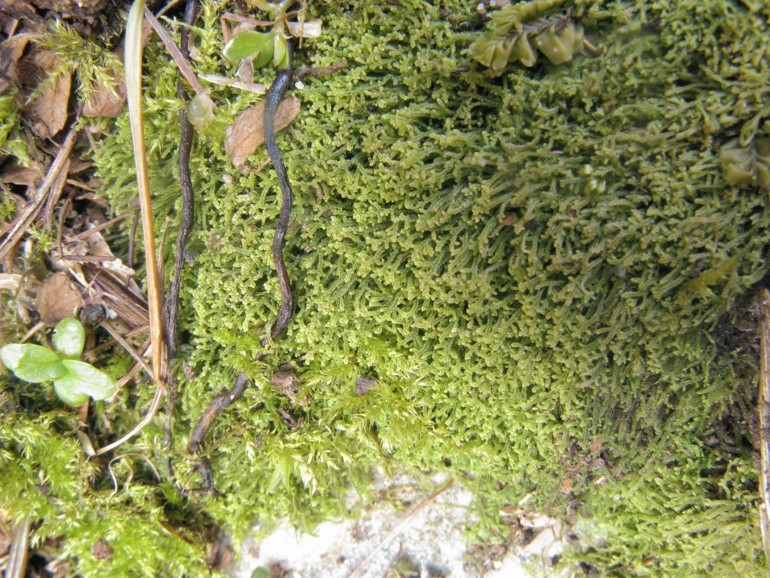We have DNA extractions from around 2,500 plant accessions, representing most of our c. 300 known liverwort (and four hornwort) taxa. Not all of these samples are from the British Isles – where material is scarce, or taxonomic problems might be solved with plants from other parts of the world, or where we wanted to confirm the usage of names across a wider geographic area, we have samples from further afield.
While the majority of this project involves the routine generation of DNA sequence data to act as barcode references, new scientific discoveries have been made during the course of the work. For example...
1. How many species of Aneura are there?
The single widespread species, Aneura pinguis, occurring from the Arctic down through the Tropics, has proven to be a myth. Instead DNA sequence data shows that there are at least seven species of Aneura within the British Isles alone, with many many more distinct species elsewhere across the genus' range. Many of these species are likely to be relatively rare and localised to a particular habitat or ecosystem. While these species have not yet been given formal taxonomic names, that means that they have no legal recognition, no protection, and we cannot easily gather information about their rarity or distributions.

2. Should we conserve Telaranea murphyae?
Telaranea murphyae was described as an alien species in our flora, and yet because it’s never been found elsewhere, the sole responsibility for conserving the species lay politically with the UK. Being non-native, however, it was not considered a priority for UK Biodiversity Action Plans. Using DNA sequence data from the plant, and comparing it to sequences from other related species, we showed that genetically, the plants are the same species as a New Zealand plant, Telaranea tetradactyla, that is already known from several locations in the UK, including inside the fernhouse at RBG Edinburgh, and near the fernery in Benmore. Taxonomically sinking Telaranea murphyae into the New Zealand species means that any conservation requirements now rest instead with New Zealand, although we can continue to enjoy seeing this diminutive mat-forming liverwort in its select few UK locations.


